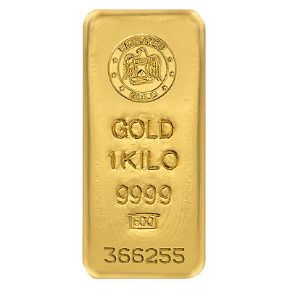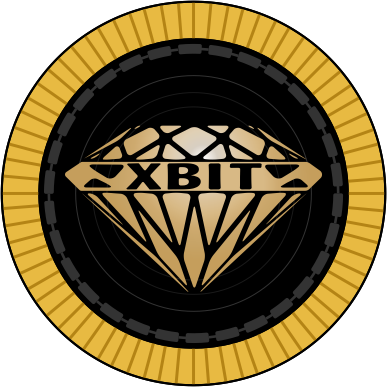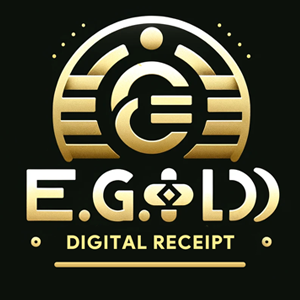
In recent years, the investment landscape has witnessed a remarkable evolution. Traditional assets like stocks, bonds, and real estate have been joined by innovative alternatives such as cryptocurrencies and precious metals. Among these, Bitcoin and bullion stand out as symbols of a broader transformation in how individuals and institutions approach wealth preservation and growth. This article delves into the reasons behind this new investment movement, comparing digital gold to physical gold, and explaining what investors need to know.
The Rise of Bitcoin: Digital Gold’s Disruptive Entry
Bitcoin, launched in 2009 by the mysterious Satoshi Nakamoto, emerged as the first decentralized cryptocurrency. It introduced a new paradigm: a digital asset that could be transferred peer-to-peer without the need for banks or governments. Bitcoin’s fixed supply of 21 million coins gave it a built-in scarcity, attracting investors seeking an alternative to fiat currencies and traditional stores of value.
Over the last decade, Bitcoin transitioned from a niche technological experiment to a mainstream investment. Its meteoric price appreciation, especially during the 2017 and 2020-2021 bull runs, captured global attention. Investors saw Bitcoin as “digital gold” – a hedge against inflation, currency debasement, and geopolitical instability. Institutional adoption further legitimized the asset, with companies like Tesla, MicroStrategy, and major financial institutions adding Bitcoin to their balance sheets.
Why Bitcoin Gained Popularity:
Decentralization: No central authority controls Bitcoin.
Scarcity: Limited supply creates intrinsic value.
Portability: Easy to transfer globally.
Transparency: Public ledger (blockchain) enhances trust.
Hedge Against Inflation: Seen as protection from fiat currency depreciation.
However, Bitcoin’s extreme volatility and regulatory uncertainties have caused many investors to reconsider its role in their portfolios.
Bullion: The Timeless Store of Value
Gold and silver bullion, in contrast, represent centuries-old investment vehicles. Physical precious metals have long been considered a safe haven during times of economic uncertainty. Unlike Bitcoin, bullion carries tangible intrinsic value due to its historical role in jewelry, industry, and monetary systems.
Bullion investments come in various forms—coins, bars, and exchange-traded funds (ETFs) backed by physical metals. Central banks hold significant gold reserves, underscoring its role as a cornerstone of global finance.
Why Bullion Remains Relevant:
Tangible Asset: Physical ownership appeals to those wary of digital risks.
Inflation Hedge: Historically preserves purchasing power.
Safe Haven: Typically retains value during market turbulence.
Universal Acceptance: Globally recognized as a store of wealth.
Moreover, bullion is often perceived as less volatile than cryptocurrencies, providing a stabilizing counterbalance to riskier assets.
From Bitcoin to Bullion: The Converging Investment Trends
Despite their differences, Bitcoin and bullion share several key investment attributes: scarcity, perceived store of value, and protection against systemic risk. As a result, a new investment movement has emerged, where savvy investors blend digital and physical assets to diversify and safeguard wealth.
Factors Driving This Movement:
Economic Uncertainty: Global inflation, geopolitical tensions, and monetary policy shifts have amplified demand for alternative stores of value.
Portfolio Diversification: Investors seek to mitigate risk by allocating capital across uncorrelated assets.
Technological Advancements: The rise of digital wallets, regulated crypto exchanges, and secure custody solutions have lowered barriers to Bitcoin ownership.
Physical Security Concerns: Growing awareness about digital asset risks has revived interest in tangible holdings like gold and silver.
Regulatory Clarity: Clearer crypto regulations in many countries help institutional investors confidently enter the space.
Comparing Investment Strategies: Bitcoin vs. Bullion
| Aspect | Bitcoin | Bullion |
|---|---|---|
| Volatility | High, with rapid price swings | Low, stable over long term |
| Liquidity | High, 24/7 global markets | Moderate, trading hours, physical delivery constraints |
| Storage | Digital wallets, exchanges | Physical vaults, safe deposit boxes |
| Regulation | Evolving, varies by country | Well-established, globally accepted |
| Ownership Risk | Cybersecurity risks, hacking | Physical theft or loss |
| Inflation Hedge | Potential but debated | Proven over centuries |
| Accessibility | Easy online purchase | Requires dealers or brokers |
What Investors Should Consider
For those contemplating joining the new investment movement, understanding one’s risk tolerance, investment horizon, and goals is paramount. While Bitcoin offers unparalleled growth potential, it comes with higher risk and complexity. Bullion provides stability and a hedge against systemic shocks but may lack the explosive upside of digital assets.
Tips for Balanced Investing:
Diversify: Combine both digital and physical stores of value.
Educate Yourself: Understand underlying risks, especially with crypto custody.
Use Reputable Platforms: Whether buying Bitcoin or bullion, prioritize security.
Consider Long-Term Perspective: Avoid panic selling during volatility.
Stay Updated on Regulations: Compliance protects your investments.
The Future of Investment: Synergy Between Bitcoin and Bullion?
As technology and markets mature, the line between digital and physical assets may blur further. Concepts like tokenized gold—where bullion ownership is represented by blockchain tokens—are gaining traction. This innovation allows investors to enjoy the benefits of physical gold with the convenience and transparency of digital assets.
Similarly, Bitcoin’s blockchain technology inspires new financial products and services bridging the traditional and digital worlds. Central banks are exploring digital currencies backed by physical reserves, signaling a future where Bitcoin and bullion coexist and complement each other within diversified portfolios.
The shift from Bitcoin to bullion reflects a broader quest for resilient, adaptable investment strategies in an unpredictable world. By understanding the unique characteristics and complementary strengths of these assets, investors can better navigate the complexities of modern finance. Whether one favors the revolutionary promise of Bitcoin or the enduring legacy of gold and silver, embracing this new investment movement offers an opportunity to build a more robust, future-proof portfolio.
NOTE
This Content is the copyrighted content of EE.GOLD. All rights are reserved. You are welcome to share or use our content only by including direct links to our website. Any other form of reproduction, distribution, or use without proper attribution is strictly prohibited.
This Content is intended solely for educational purposes. The information provided does not constitute financial or investment advice.
Please note that Digital Storage Receipt, Secure Storage Solutions, and Physical Gold Sales are the only services offered by EE.GOLD.
We strictly adhere to government regulations and are firmly against all illegal financial or investment activities globally.
For further inquiries, feel free to contact us through our official channels.










.png)

